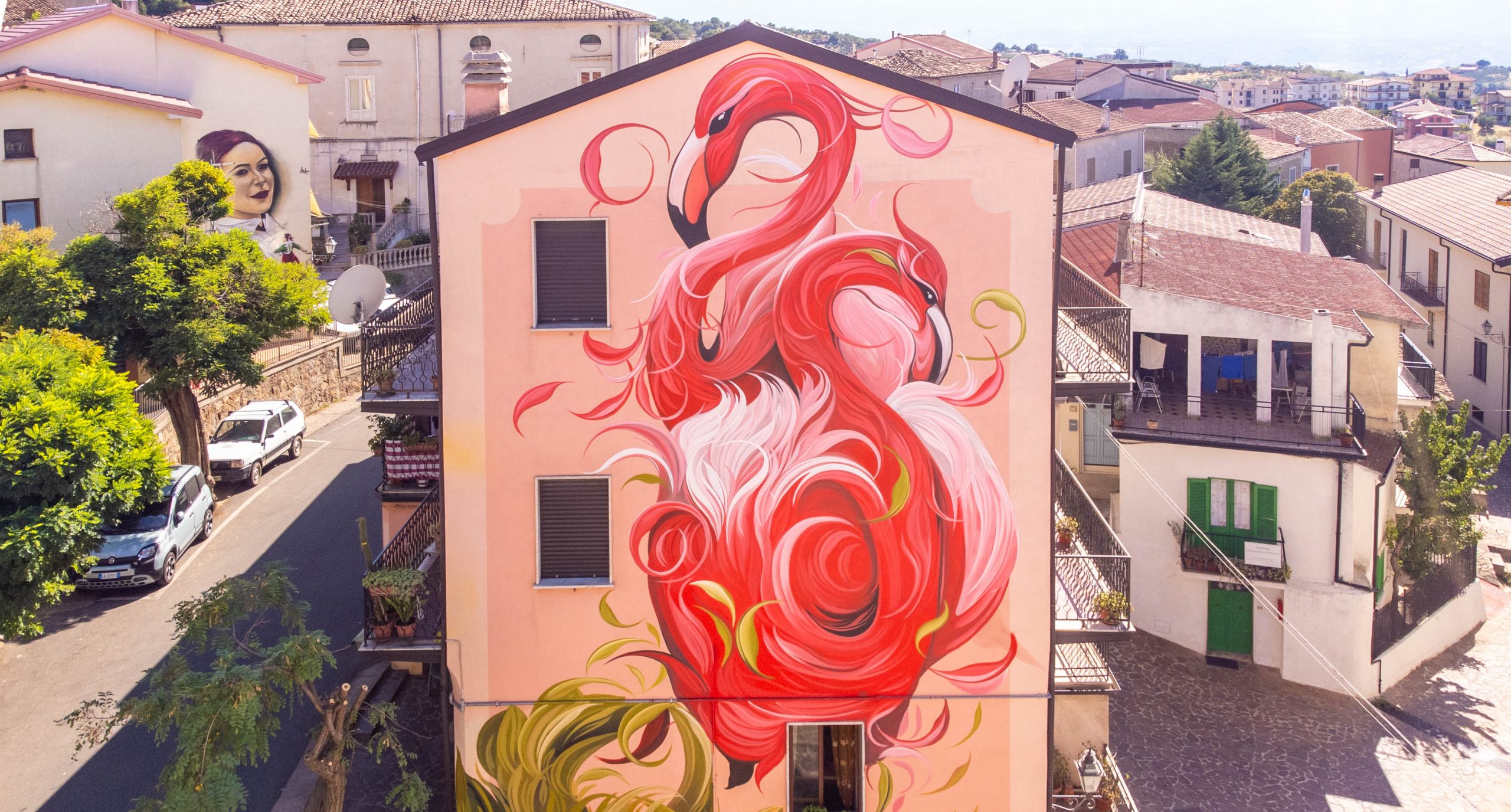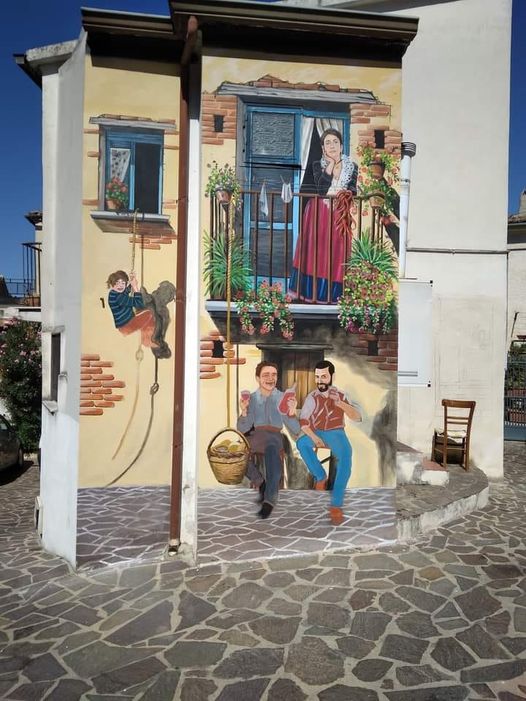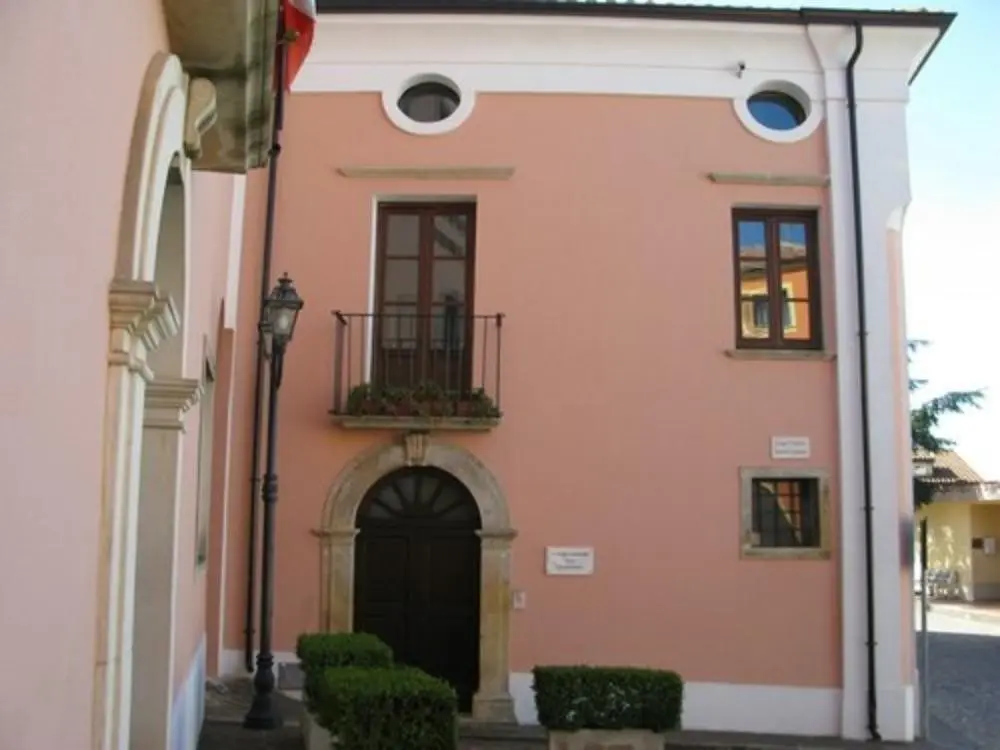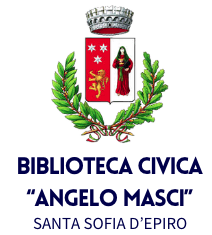
About Santa Sofia d’Epiro
About Santa Sofia d’Epiro
Santa Sofia d’Epiro
Santa Sofia d’Epiro is an Italian municipality in Calabria located in the province of Cosenza. With a population of about 2,384, it is located at an altitude of 558 metres on the north-western slope of the Sila Greca, on the right bank of the Crati river. The municipality is of Arbëreshë (Italo-Albanian) origin and preserves the traditions handed down by the Albanians, including the ancient Albanian language, the Byzantine-Greek rite and typical customs.
The village is set in a nature reserve and retains its medieval appearance with a strong Balkan influence. In addition to an important museum of Albanian costume, Santa Sofia d’Epiro is home to an academy of art and music, with numerous groups engaged in musical research and the preservation of the Arbëresh cultural tradition.
The foundation of Santa Sofia d’Epiro predates the arrival of the Albanians in the 15th century, when it was built near an abandoned masseria. The territory was divided into five districts, enfeoffed to the bishops of Bisignano. The Albanians settled in 1472, favoured by the bishop of Bisignano and Prince Sanseverino.
Over the centuries, Santa Sofia d’Epiro experienced moments of growth and decadence, influenced by plague epidemics and earthquakes. In the 18th century, a new middle-class social class developed, marking a social differentiation. During the Risorgimento, many Italo-Albanians fought for independence and the Union of the Italian Nation.
The historical centre is organised into districts, with buildings that bear witness to the history of the town, from modest dwellings to aristocratic houses and palaces. Santa Sofia d’Epiro has several churches, including the Church of St Athanasius the Great and the ancient Church of St Sophia.

The historic center
The historic nucleus is characterized by its layout in districts organized around a central space, traditionally called gitonia. Some houses still retain valuable decorations and stone portals with noble coats of arms, perhaps belonging to ancient families. The main square of the town is home to the Church of Saint Athanasius the Great, the main place of worship of the Greek-Byzantine rite dedicated to Saint Athanasius, built in 1742 in neoclassical style with a single nave and square apse. The internal walls and vault were completely frescoed in the 1980s by Niko Jannakakis, a Cretan painter. At the eastern end stands the ancient Church of Santa Sofia, known as Qisha Vjeter, containing valuable ancient paintings and icons painted by the Jeromonks of the Basilian Abbey of Grottaferrata. Opposite, the Church of Santa Venere houses icons by the Albanian painter Josif Droboniku and a seventeenth-century canvas depicting the martyr. Behind the ancient Bishop’s Palace, in Largo Trapeza, we find the Town Hall and a significant Museum of the Arbëreshë territory and customs. Here, it is possible to admire the faithful reconstruction of the dressing of Albanian women, with a collection that includes clothes for everyday life, holidays, half holidays, weddings and mourning. In one wing of the building, the section dedicated to the Crati Herbarium of the Natural History Museum of Calabria is set up, illustrating all the local plant species. “The Albanesi d’Italia,” a work created in 2007 by the Calabrian sculptor Aligia, recalls, through its unitary sphere shape, the history that takes place in the richness of the experience of the Italian-Albanian Community. The two concentric spheres, of which the external one is made of stone, summarize the temporal path, revealing the beauty of the rich cultural identity of the Arbëreshe community
Church of Sant’Atanasio il Grande
It is the main church of the village and one of the most beautiful in the Greek-Albanian Eparchy of Lungro, to which Santa Sofia d’Epiro belongs. The building, in neoclassical style, stands in the centre of the village in the main square of the historical centre and dates back to 1742. Architecturally, it has a single hall with a square apse, with the interior walls and vault entirely frescoed in the 1980s by Cretan painter Nikos Jannakakis, with paintings of clear Byzantine evocation.

Albanian Costume Museum
The historic palace overlooking Largo Trapeza houses the Museum of Costume and Territory. Inside, one can admire the faithful and complete reconstruction of the typical trousseau of the Arbëreshe women. The collection includes daily, festive, half-festive, wedding and mourning clothes. The originality of the initiative lies in the historical value of the clothes, which bear concrete witness to the dignity and prestige of the family from which the woman came and at the same time the decorum of that of the husband who welcomed the new bride. To this day, it is also possible to admire these costumes while strolling through the streets of the village, as some older ladies in our community still wear the traditional clothes in their daily lives. Other occasions to admire these are the numerous folklore events, the most famous of which is the Albanian-Italian Spring, traditionally held in May.
